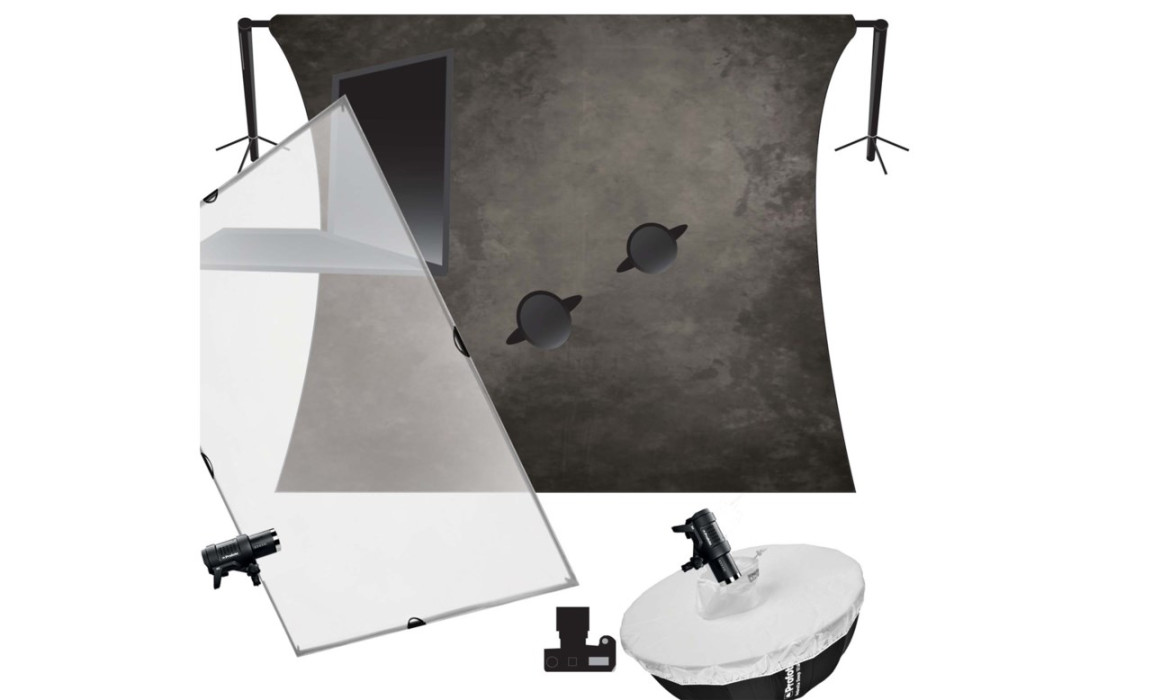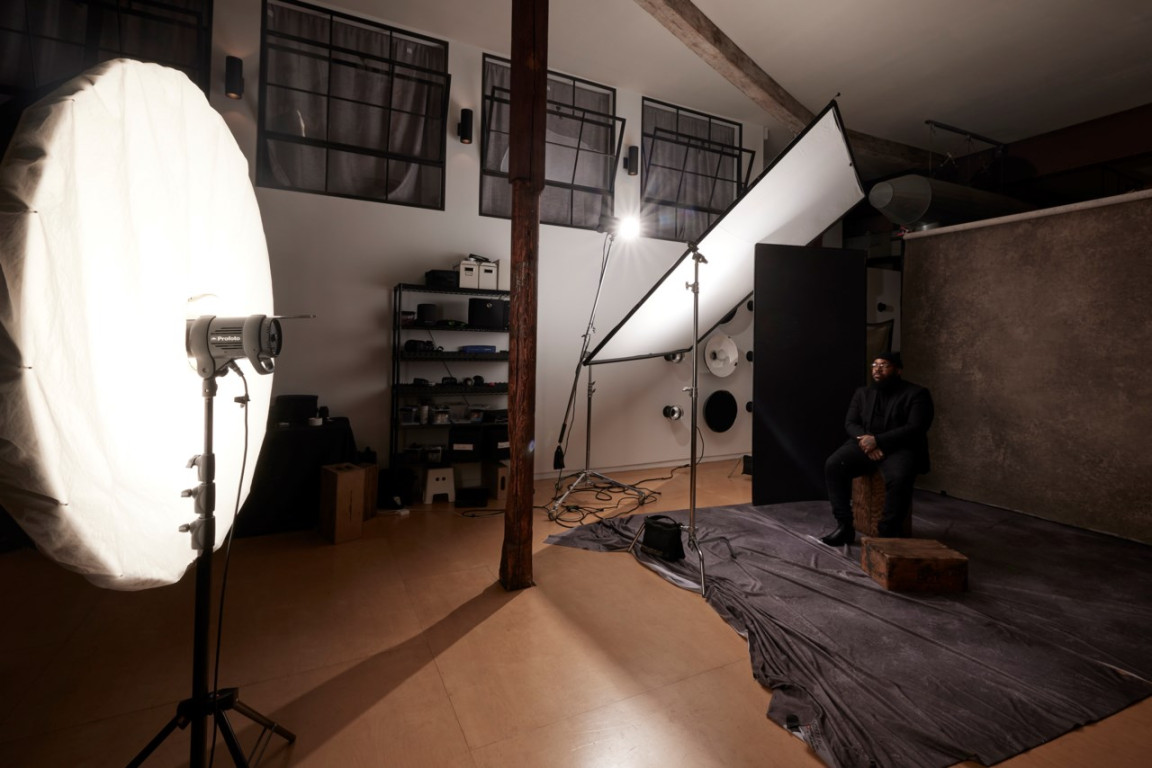Fine Art Photography Lighting for Beginners
What do you mean by Fine Art Photography Lighting?
Fine art photography lighting refers to the techniques and equipment used to create visually stunning and artistic photographs. It involves manipulating light sources, such as natural or artificial light, to enhance the mood, aesthetics, and overall impact of the image. Fine art photography lighting can greatly influence the storytelling and emotional appeal of a photograph, making it a crucial aspect for photographers to master.
How important is Lighting in Fine Art Photography?
What is known about Fine Art Photography Lighting?

Over the years, photographers have discovered various lighting techniques that are particularly effective in fine art photography. One such technique is called Rembrandt lighting, which involves positioning the light source at a 45-degree angle from the subject, creating a triangular highlight on one side of the face. This technique adds a sense of depth and drama to the image, often associated with Rembrandt’s paintings.

Another popular technique is chiaroscuro lighting, which involves using a strong contrast between light and dark areas to create a dramatic and moody effect. This technique is commonly seen in black and white fine art photographs, where the interplay of light and shadow enhances the overall impact of the image.
Additionally, photographers often use natural light to create a soft and ethereal atmosphere in their fine art photographs. The golden hour, which is the period shortly after sunrise or before sunset, provides a warm, golden light that can add a magical quality to the image. Understanding and experimenting with these lighting techniques can greatly enhance the quality and impact of your fine art photography.
What is the Solution for Beginners in Fine Art Photography?
For beginners in fine art photography, learning and mastering lighting techniques can seem overwhelming. However, with practice and a few key tips, you can start to create stunning images right from the start.
Firstly, it is essential to understand the fundamental principles of light. This includes learning about the quality, direction, and intensity of light and how it affects your subject. Experiment with different lighting conditions and observe how the light changes the mood and appearance of your photographs.
Investing in a good quality light source, such as a flash or continuous light, can greatly enhance your ability to manipulate light in fine art photography. These tools allow you to control the direction, intensity, and color temperature of the light, giving you more creative freedom.
Another valuable tip is to pay attention to the placement and positioning of your light source. Experiment with different angles and distances to achieve the desired effect. Remember that even small adjustments in the position of the light can have a significant impact on the final result.
Lastly, practice and patience are key. Fine art photography lighting requires experimentation and refining your techniques over time. Don’t be afraid to make mistakes and learn from them. With dedication and persistence, you will gradually develop your own unique style and master the art of lighting in fine art photography.
More Information on Fine Art Photography Lighting
Fine art photography lighting is a vast subject, with numerous techniques and approaches to explore. Researching and studying the work of renowned fine art photographers can provide inspiration and insights into their lighting techniques. Attend workshops, join photography communities, and engage with fellow photographers to learn from their experiences and expand your knowledge.
Additionally, editing software can also play a significant role in fine art photography lighting. Programs like Adobe Lightroom and Photoshop allow you to make adjustments to the lighting and enhance certain elements in your photographs. Familiarize yourself with these tools and experiment with different editing techniques to bring out the best in your fine art photographs.
Conclusion
Fine art photography lighting is a critical element in creating visually stunning and emotionally captivating images. Understanding the various lighting techniques, experimenting with different light sources, and investing in quality equipment are essential for beginners in this field. With practice, patience, and a willingness to learn, you can master the art of lighting in fine art photography and create breathtaking works of art.
Frequently Asked Questions (FAQs)
1. Can I achieve good fine art photography lighting without expensive equipment?
Absolutely! While having specialized equipment can offer more control and flexibility, it is not a requirement for good fine art photography lighting. Natural light, simple reflectors, and even household items can be used creatively to manipulate and shape the light in your photographs.
2. How can I capture fine art photography lighting in outdoor settings?
Outdoor settings provide a wealth of opportunities for capturing fine art photography lighting. Pay attention to the time of day and weather conditions, as they can significantly impact the quality and direction of light. Experiment with different angles, compositions, and techniques to make the most of the available natural light.
3. Are there any specific lighting techniques for still life fine art photography?
Yes, still life fine art photography often involves meticulous lighting setups to highlight the textures, shapes, and details of the subject. Techniques such as side lighting, backlighting, and using diffusers can create interesting effects and enhance the overall impact of the image.
4. Can I use artificial light sources like lamps and candles for fine art photography?
Absolutely! Artificial light sources can be excellent tools for creating unique and artistic fine art photographs. Experiment with different types of bulbs, lampshades, and colored gels to achieve the desired mood and atmosphere in your images.
5. How do I develop my own style in fine art photography lighting?
Developing your own style in fine art photography lighting takes time and experimentation. Be open to trying new techniques, studying the work of other photographers, and reflecting on your own preferences. Over time, you will naturally gravitate towards certain lighting approaches that resonate with your artistic vision, creating a distinct style that sets your work apart.

